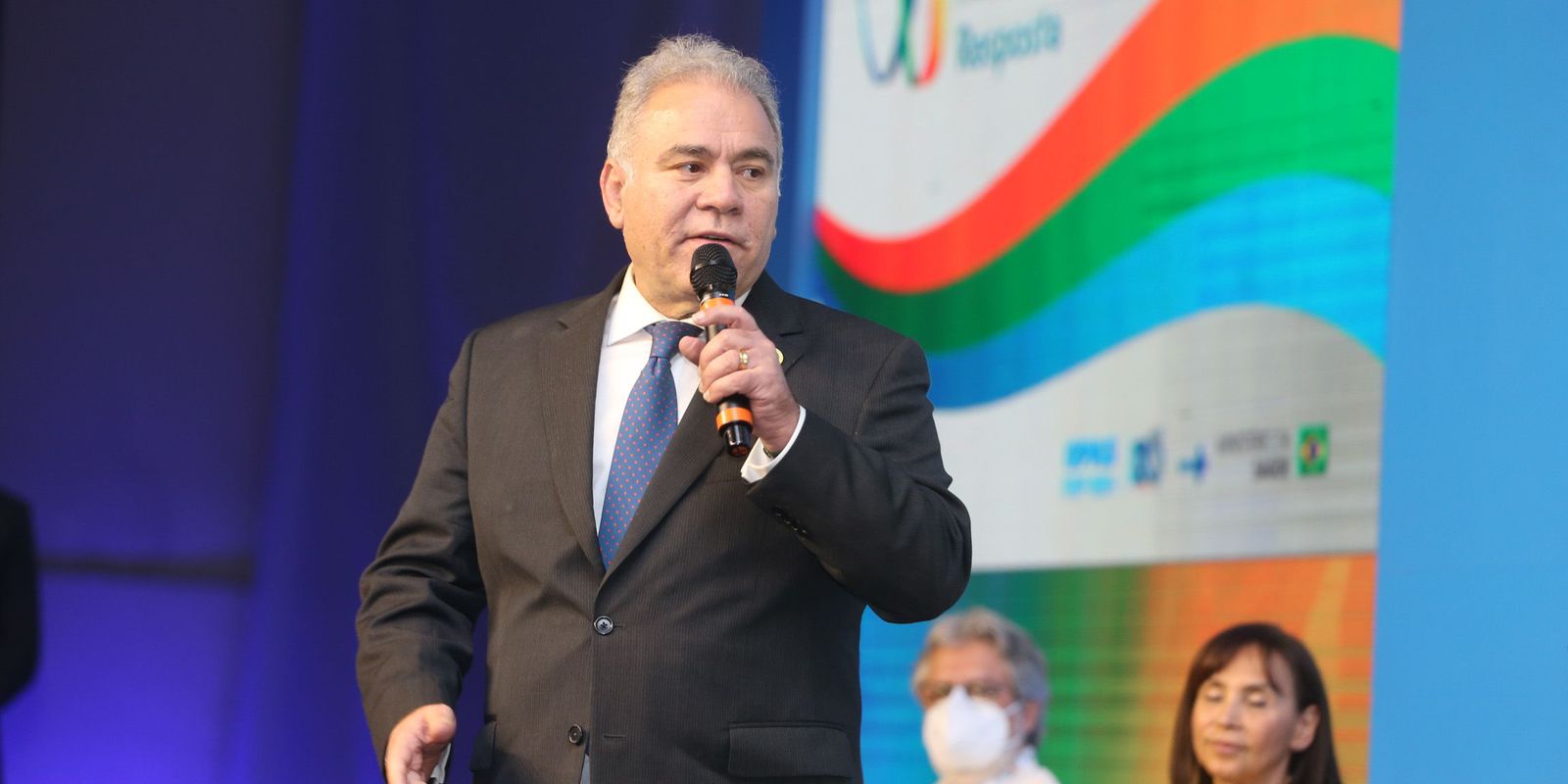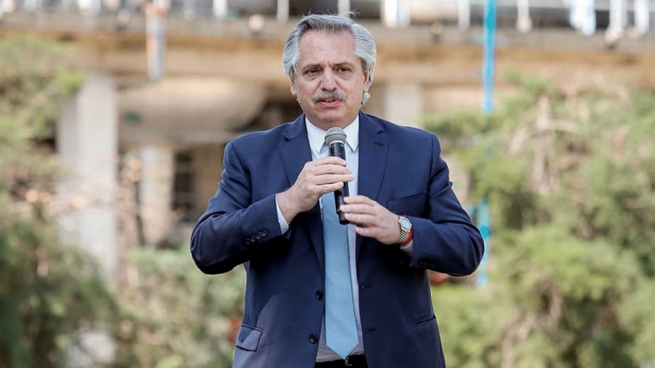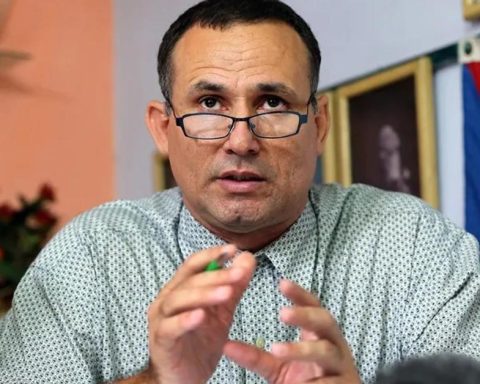The Minister of Health, Marcelo Queiroga, said today (25) that Brazil “has done its homework” in the face of the outbreak of monkey pox since the beginning of the epidemic. During the opening of a workshop on health surveillance promoted by the ministry, Queiroga said that Brazil prepared itself to deal with the virus, providing laboratories for diagnosis, identification of cases and isolation of patients.
“We here in Brazil have been doing our homework since the first rumor, since the first suspected case. We prepare our structure to make the diagnosis. We currently have four laboratories in Brazil with the capacity to do so,” said Queiroga.
The laboratories ready for the diagnosis of the disease, according to the minister, are at the Adolfo Lutz Institute, in São Paulo; at the Ezequiel Dias Foundation (Funed), in Minas Gerais; at the Oswaldo Cruz Foundation, in Rio de Janeiro; and in the laboratory of the Federal University of Rio de Janeiro.
“From the beginning we started doing the diagnosis and access to the diagnosis is available. We alerted the state health departments and the municipal departments. The cases are identified, they are isolated”, added the minister.
Queiroga recalled the decision of the director-general of the WHO, Tedros Adhanon Ghebreyesus, who declared that monkeypox international public health emergency, and cited the higher occurrence of the virus in male homosexuals. “And this speech is not meant to stigmatize anyone. It just cannot be obscured that this is a reality, but other audiences can also have this disease. Anyway, let’s also learn together how to deal with this health problem”.
Brazil has 696 confirmed cases so far. Of these, 506 are from the state of São Paulo, 102 from Rio de Janeiro, 33 from Minas Gerais, 13 from the Federal District, 11 from Paraná, 14 from Goiás, three from Bahia, two from Ceará, three from Rio Grande do Sul, two from Rio Grande do Norte, two from Espírito Santo, three from Pernambuco, one from Mato Grosso do Sul and one from Santa Catarina.
Illness
Monkeypox is caused by a virus and is transmitted by close contact with an infected person with skin lesions. Contact can be through hugging, kissing, sexual intercourse or respiratory secretions. Transmission also occurs by contact with objects, fabrics (clothes, bedding or towels) and surfaces that were used by the infected.
There is no specific treatment, but, in general, the clinical pictures are mild and require care and observation of the lesions. The greatest risk of worsening occurs, in general, for immunosuppressed people with HIV/AIDS, leukemia, lymphoma, metastasis, transplant recipients, people with autoimmune diseases, pregnant women, lactating women and children under 8 years of age.
Symptoms
The patient may have a fever, body pain and have spots, papules [pequenas lesões sólidas que aparecem na pele] that evolve into vesicles [bolha contendo líquido no interior] until pustules form [bolinhas com pus] and scabs [formação a partir de líquido seroso, pus ou sangue seco].
















